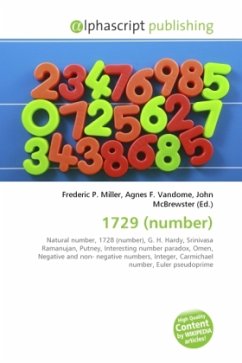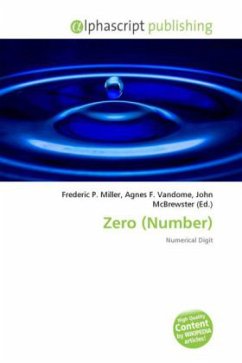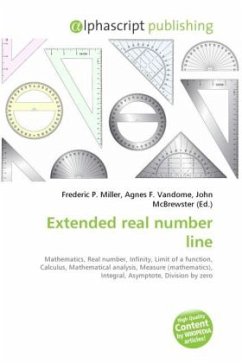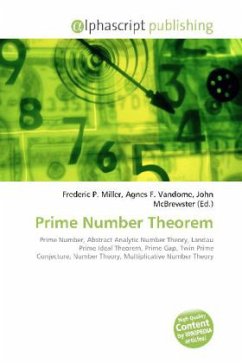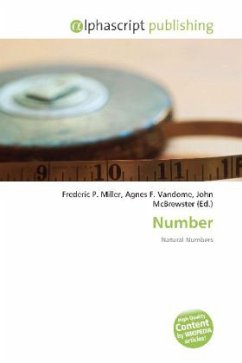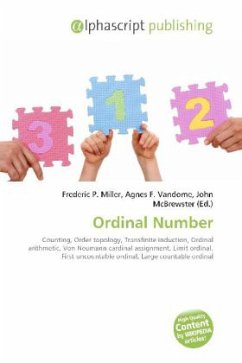1729 is the natural number following 1728 and preceding 1730. 1729 is known as the Hardy Ramanujan number after a famous anecdote of the British mathematician G. H. Hardy regarding a hospital visit to the Indian mathematician Srinivasa Ramanujan. In Hardy's words: I remember once going to see him when he was ill at Putney. I had ridden in taxi cab number 1729 and remarked that the number seemed to me rather a dull one, and that I hoped it was not an unfavorable omen. "No," he replied, "it is a very interesting number; it is the smallest number expressible as the sum of two cubes in two different ways." The quotation is sometimes expressed using the term "positive cubes", since allowing negative perfect cubes (the cube of a negative integer) gives the smallest solution as 91 (which is a factor of 1729): 91 = 63 + ( 5)3 = 43 + 33 Of course, equating "smallest" with "most negative", as opposed to "closest to zero" gives rise to solutions like 91, 189, 1729, and further negative numbers. This ambiguity is eliminated by the term "positive cubes".
Bitte wählen Sie Ihr Anliegen aus.
Rechnungen
Retourenschein anfordern
Bestellstatus
Storno

